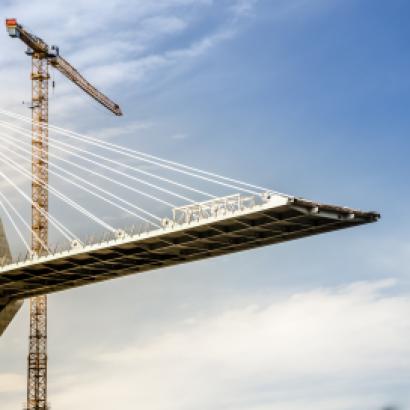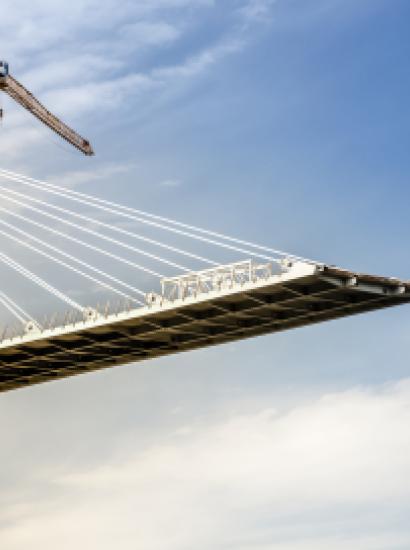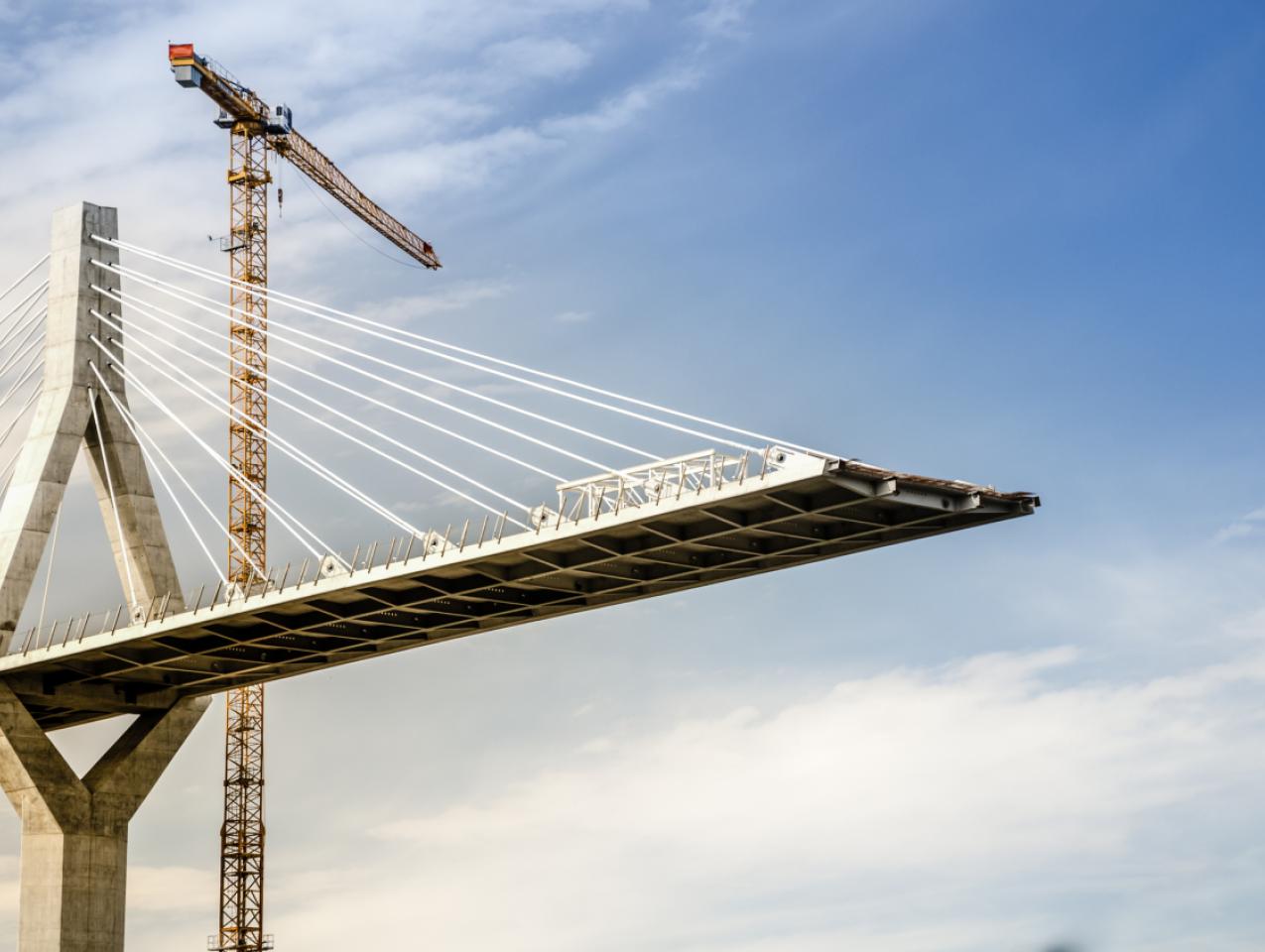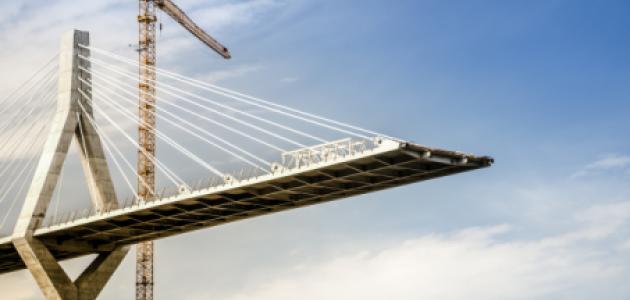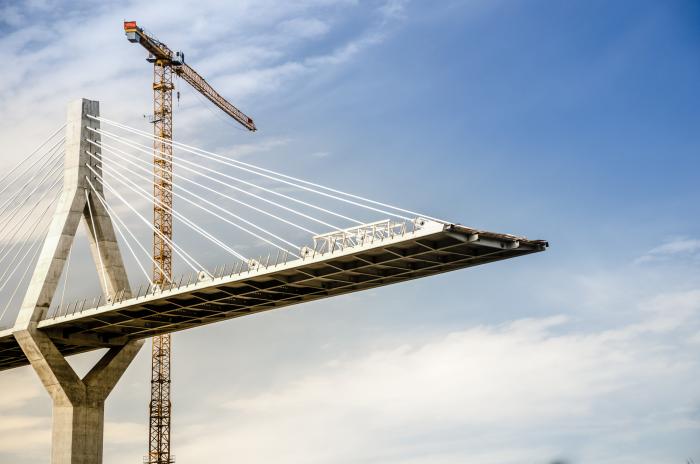Abstract: One billion people live more than 2 kilometers from an all-weather road, and 1.2 billion have no access to electricity. In 2015, the World Bank claimed that rich-country private capital could: (i) close the infrastructure services gap in poor countries, (ii) achieve the sustainable development goals, and (iii) make money by moving from “billions to trillions” of investment in poor-country infrastructure. We introduce a simple framework that distinguishes those poor countries in which the Bank’s three-fold claim is tenable from those where it is not. For a given poor country, the framework reveals that investing a dollar in infrastructure is efficient if the social rate of return on infrastructure in the poor country clears two hurdles: (a) the social rate of return on private capital in the poor country, and (b) the social rate of return on private capital in rich countries. Applying the framework to the only comprehensive, cross-country data set of social rates of return on infrastructure indicates that in 1985 just 7 of 53 poor countries cleared the dual hurdles in both paved roads and electricity generating capacity. Where it was efficient to invest in infrastructure, however, the potential for excess social returns was significant—seven times larger, on average, than the excess financial returns that existed in publicly traded emerging-market stocks before foreigners were permitted to own shares. These results suggest that the dual-hurdle framework provides a template which savers, investors, and policymakers can use to prioritize poor-country infrastructure investments with maximal potential to drive greater growth, asset returns, and sustainability, even as new data become available.
Read the paper: The Global Infrastructure Gap: Potential, Perils, and a Framework for Distinction







